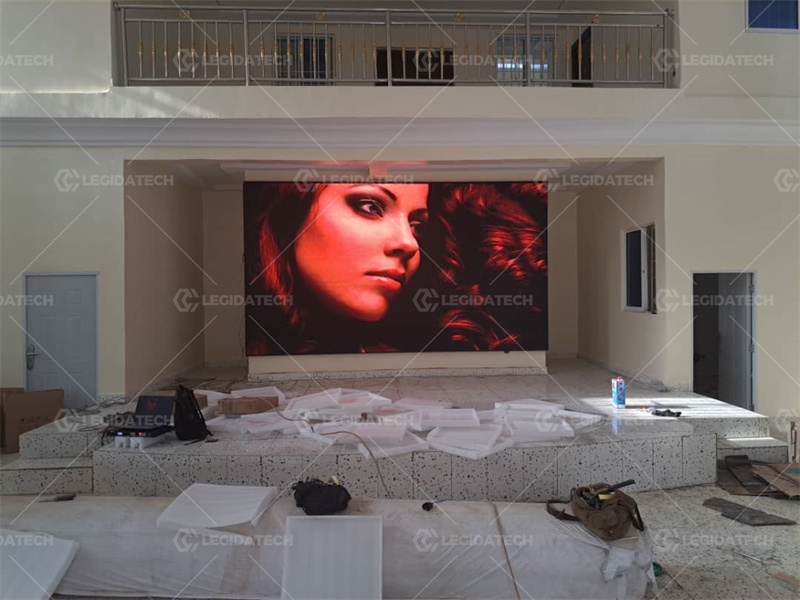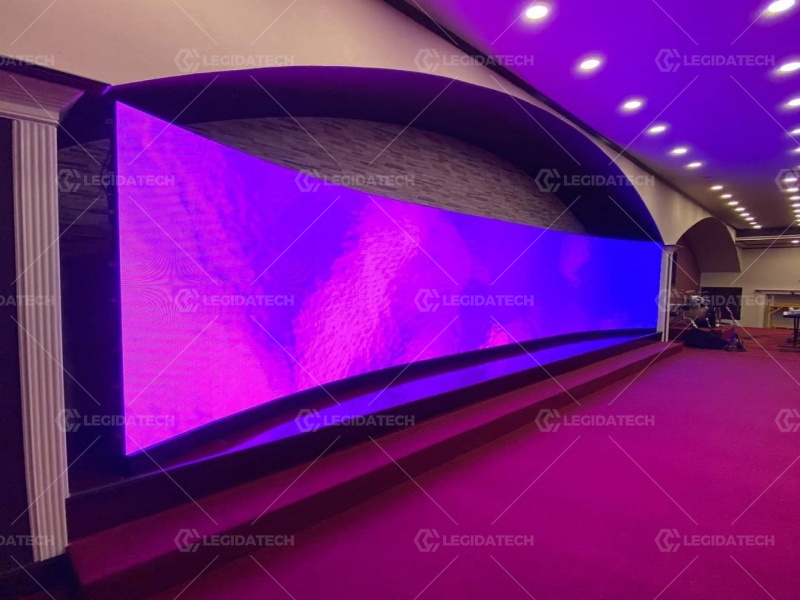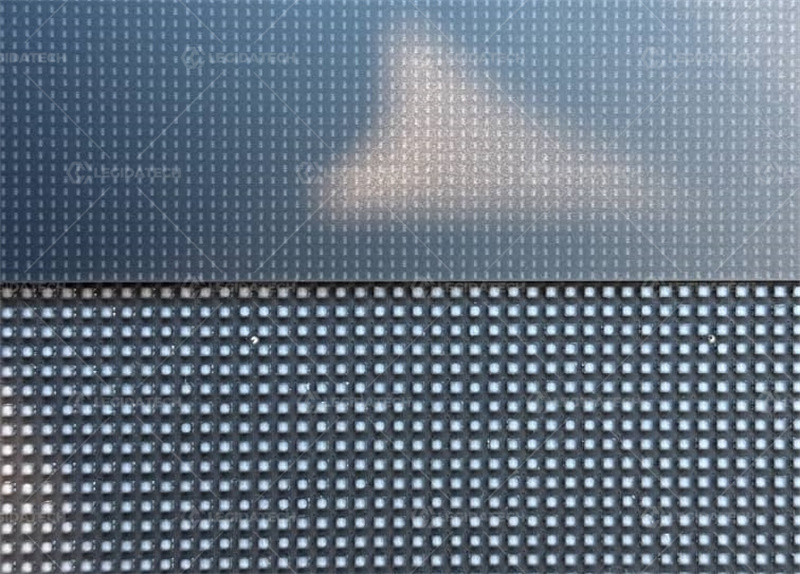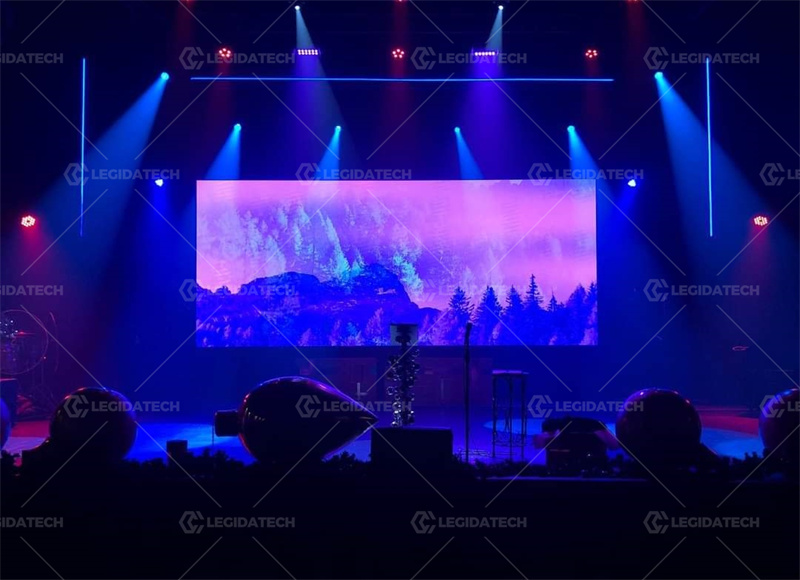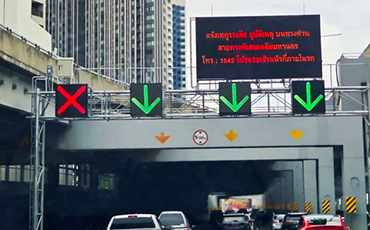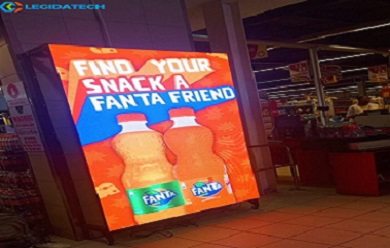The evolution of small-pitch LED displays has dramatically transformed the landscape of visual communication.
With pixel pitches of 2.5 mm or smaller, small-pitch LED displays—ranging from P2.5 to P1.5 and beyond—are now becoming the go-to solution for high-definition, immersive viewing experiences.
These displays are increasingly used in diverse applications such as commercial displays, conference rooms, retail spaces, and public venues.
As the technology continues to improve, we’re witnessing key trends and innovations shaping the future of small-pitch LED displays.
Let’s take a closer look at the primary directions the industry is headed in.
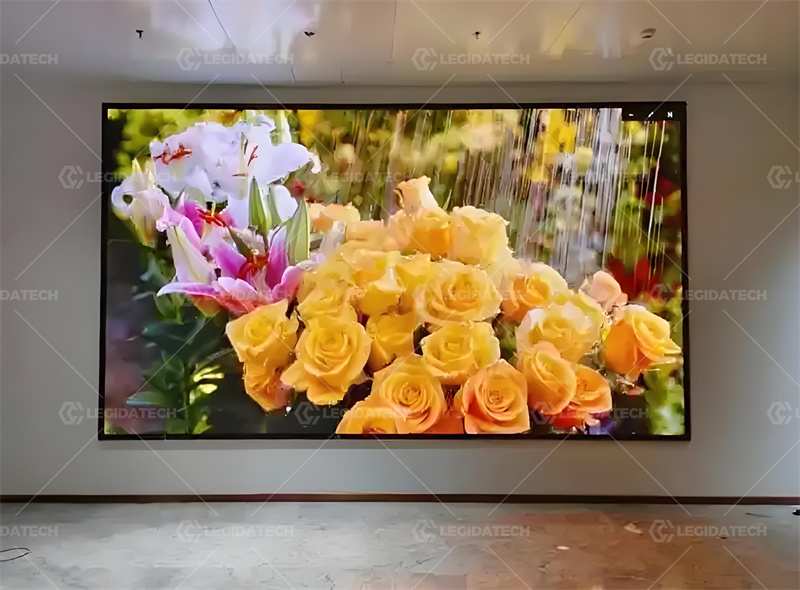
Commercial Display Market Growth
Small-pitch LED displays are rapidly gaining traction in the commercial display sector.
As cities move toward becoming “smart” and everything becomes more interconnected, the role of LED displays is expanding.
No longer just a passive medium for “one-way” communication, these displays are evolving into interactive hubs for dynamic, real-time user engagement.
The ability to interact with data, receive instant feedback, and create immersive experiences is driving this shift.
For example, in environments like conference rooms, shopping malls, and educational institutions, small-pitch LED displays are facilitating communication, learning, and entertainment through interactive displays.
With continuous product innovation, reduced production costs, and increased interactive capabilities, small-pitch LED technology is flourishing in commercial sectors where user engagement is key.
Decreasing Pixel Pitch and the Rise of Mini LED
A significant trend in the LED display industry is the ongoing reduction in pixel pitch, with displays as fine as P1.2 and even below P1.1 becoming more common.
This evolution is a response to consumers’ ever-growing demand for higher-resolution visuals, combined with a decrease in the overall costs of production.
As these advances continue, we can expect pixel pitches to become even finer, opening the door for products that offer ultra-high resolution and greater viewing flexibility.
The emergence of Mini LED technology is further accelerating this trend.
Mini LEDs—smaller, more efficient versions of traditional LEDs—are poised to enter the mass production phase in the coming years.
These technologies are expected to dramatically reduce costs while enhancing display quality.
Competition Shifting Toward Comprehensive Strength
As the LED display market matures, competition is no longer solely about pixel pitch or screen size.
The focus is now shifting to a broader range of factors, including technology, product quality, brand reputation, and service capabilities. The days of simple price-based competition are waning.
Now, leading companies are competing based on their ability to innovate, deliver high-quality products, and provide exceptional after-sales support.
Over the years, the LED display industry has moved from a phase of widespread competition to one where technological advancement, capital investment, and brand strength dominate.
Companies with strong brand influence and robust service networks will continue to lead the market, commanding higher brand premiums and consolidating their market share.
The future will likely see larger, more established brands capturing a disproportionate share of the market as customer recognition and loyalty grow.
Breakthroughs in Packaging: COB Technology
One of the most exciting developments in the small-pitch LED industry is the rise of COB (Chip-on-Board) technology.
This packaging method addresses the limitations of traditional SMD (Surface Mount Device) technology, which has faced challenges in scaling pixel densities below 0.7mm.
In COB technology, LED chips are directly mounted onto the board, bypassing the need for a reflow soldering process. This leads to greater reliability and lower failure rates.
COB technology is ideal for small-pitch displays that require extremely high pixel density, as it improves moisture resistance, reduces heat dissipation issues, and enhances the stability of the LED elements.
Moreover, the failure rate of COB displays is significantly lower than that of SMD-based products, with some estimates suggesting that COB failures can be as low as one-tenth of traditional SMD screens.
The Role of Visualization in Decision-Making
Over the years, the concept of visualization has evolved in the large-format display industry.
What was once a simple “signal-on-wall” solution is now transitioning into a powerful tool for business decision-making.
Today’s displays are not just about being able to see content; they’re about integrating with business systems to provide actionable insights that can influence operations, strategy, and customer engagement.
Small-pitch LED displays are increasingly being used as part of larger, more sophisticated visualization platforms that help businesses analyze data, collaborate across departments, and make informed decisions in real-time.
This shift toward deeper integration of visualization and business intelligence is driving a new level of utility for LED screens, transforming them into essential tools for businesses and organizations across various sectors.
Conclusion
The small-pitch LED display market is on the brink of an exciting evolution. From the increasing demand for commercial displays and interactive technology to the advancements in Mini LED, COB, the future of LED displays looks incredibly promising.
As the industry continues to innovate and evolve, companies that can adapt to these trends will position themselves as leaders in the rapidly growing market.
The small-pitch LED display isn’t just a trend—it’s the foundation of a new era of immersive, interactive, and intelligent visual communication.
Author: Suki



